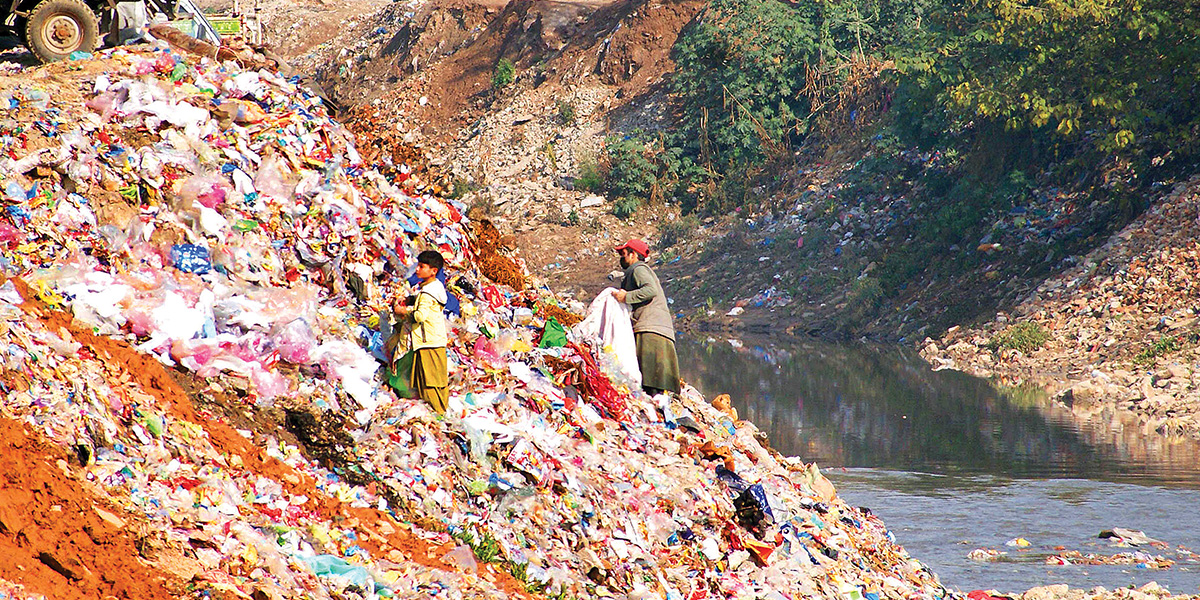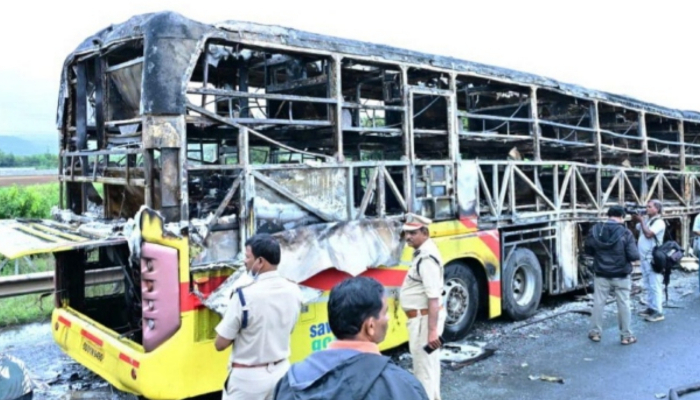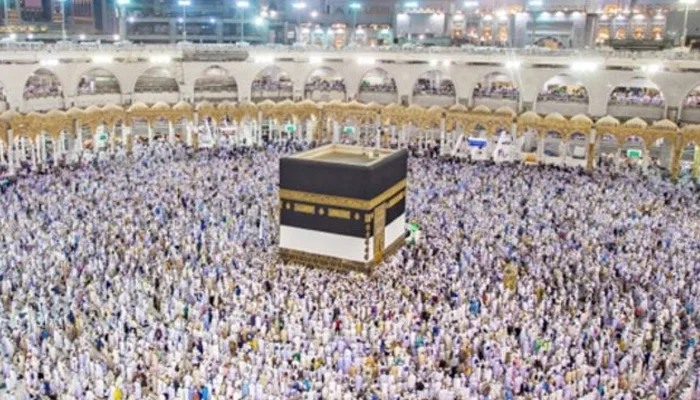ISLAMABAD: Following the July 2021 flash flood and the havoc it had played with the lives and properties of posh Islamabad locality of E-11, the Capital Development Authority (CDA) had sprung into action and announced to clear all the nullahs passing through various localities of the federal capital.
But the proverbial slackness of the bureaucracy has overshadowed the drive and the matter has been put on the back burner.
On July 28, 2021 monsoon rains resulted in flash flood in Sector E-11 and parts of D-12, and besides resulting in the death of a lady and her child floodwater inundated dozens of houses and commercial buildings and washed away three cars and dozens of motorcycles as the roads passing through the sectors turned into rivers.
Although the water subsided in a few hours and CDA had cleared the area, people had to face a loss of millions of rupees as slush and mud ruined furniture, electric gadgets and other precious belongings of residents of the affected areas.
The cause of flood and mass-scale destruction in the area was said to be the extensive encroachment on the main nullah passing through the locality which used to carry the rainwater gushing down from the Margallas hills in Shah Allah Ditta area.
A day after the rainwater had played havoc in the affected areas, the CDA and capital administration had pledged to not only clear the encroachments from the banks of main nullahs passing through various parts of the federal capital, but to also launch extensive drive to clear these nullahs of garbage being dumped in them.
But even after six months not even a single encroachment from these nullahs has been removed. However, some portions of main nullahs passing through various parts of the capital have been partially cleared of garbage. But a visit to various trouble spots showed that enough dredging in the nullahs’ beds had not been done, leaving chances open of further flash flood in E-11 and other low-lying areas in the coming monsoon season.

Nullahs choked
Mohammad Jamal, resident of village Golra adjacent to E-11 sector, developed by private sector housing societies, informed Bol News that the main cause of last year’s flood and damage was the complete covering of nullah and construction of road on it. The private society had not taken NoC for the purpose and managed all this in connivance with CDA officials, he claimed.
They had not only covered the nullah but narrowed it down from almost 100/150 feet width to just 20 to 25 feet so it failed to carry the massive rainwater coming from Sector D-12 and catchment areas of Shah Allah Ditta, he informed.
The residents of the area confirmed that the CDA officials did clear some portions of the nullah of garbage. But it was not widened back to its original width, nor did they remove encroachments from it so the area would face a similar situation in case of heavy downpour in the coming monsoon season.
A survey conducted in this connection by Bol News has revealed that most of the nullahs were filled with garbage and at various points these were choked. The sewerage system of the federal capital has become worn out and in most localities near the nullahs and drains the sewerage lines have been linked to them. As the nullahs were not properly cleared of garbage on a regular basis by the CDA, their capacity to carry rainwater is gradually reducing.
A resident of G-6 Sector said that people have constructed houses on both banks of the nullah passing through G-5 and G-6. The situation was so bad when it rained heavily during the monsoons that the streets passing through these areas seemed like water streams.
80 drains in capital
According to the data taken from CDA there are some 80 big and small nullahs passing through various areas of Islamabad and mainly all these are meant to carry rainwater. But due to dilapidated sewerage system most of the sewage flows into these nullahs and drains, causing pollution and resulting in spread of various diseases like malaria, dengue, diarrhoea and other seasonal diseases.
CDA officials claimed that they have cleared some 50 of the 80 big and small nullahs passing through the federal capital while the remaining 30 drains would be cleared in the next month or so.
These officials further said that besides clearing the nullahs of garbage and slush they would also be doing stone-pitching at the curves to make the flow of water smooth as well as to control the erosion of banks of these nullahs. The CDA officials, however, have no satisfactory answer to the question of encroachment on nullahs’ banks at various places. Some of the officials, who did not want to be named, admitted that these encroachments on the banks of nullahs could not be established without the support of the civic body and they too have black sheep in their ranks.
Out of these 80 nullahs some five are main drains carrying water from the Margalla Hills to various points. Once these were freshwater streams which with the passage of time have been polluted due to garbage dumping and establishment of shanty dwellings on their banks at various points.
One of these nullahs was passing through the I-9 Industrial Area and unfortunately, most of the waste being generated by these industrial units is going into the nullah and when it merges with main Nullah Leh of Rawalpindi, it carries the polluted water spreading stinking smell of chemicals, a resident of Pir Wadhai area of Rawalpindi said.
The rest of the main nullahs passing through F-10 and F- 11, E-11, G-5 and G-6, Diplomatic Enclave and Bara Kahu, have similar problems.
Environment experts said that the main issue of nullahs in Islamabad was the dumping of garbage in these drains and release of sewage in them. They suggested that the civic body has to ensure 100 per cent garbage collection; only then these nullahs could be saved from dumping of garbage. Secondly, CDA needed to remove the illegal encroachments from the banks of some of the main nullahs. Only then the pollution and blockade of these drains could be cleared on a permanent basis.
When contacted the contractor responsible for garbage collection in the capital territory limits informed that they are picking up 100pc garbage from the city and there is no leftover waste in the city for the past three to four months.
Hammad Butt, chief executive of the company having the contract of garbage management in the city limits, said that they were operating in two shifts and approximately they lift 1,000 tonnes of garbage daily. He further claimed that they were also clearing the backlog and had lifted several thousand tonnes of leftover garbage.
But a visit to various areas of Islamabad belies the claim as still there is huge leftover garbage in the city which ultimately ends up in big and small nullahs passing through the city and ultimately results in choking of these drains and creating bottlenecks.
The residents of the low-lying areas especially of E-11, G-6 and others along the nullahs and drains were of the view that instead of taking cosmetic measures, the CDA should take concrete steps and besides clearing the nullahs of garbage, remove encroachments from their banks to prevent flooding in upcoming monsoon season.

















